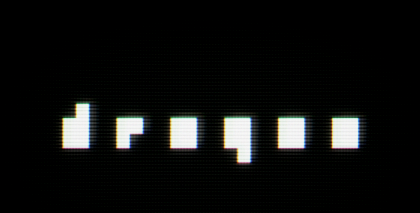P. 536
Many of [my and my colleagues'] experiments succeeded. . . . [but these experiments] demanded too much. In our early experiments, we often went to almost unbelievable lengths to get some new process to be implemented, and to get it to work. But the amount of effort . . . was also the weakness of what we achieved. In too many cases, the magnitude of special effort that had to be made to shore up a new process was massive --- too great, to be easily or reasonably copied. ". . . the processes defined so complex internally, that they are hard to transplant separable parts, and one has the strong impression that to work, they need to be taken lock, stock and barrel, as a whole" (p. 549, end of chapter notes)
We succeeded because we replaced an existing system with a large system in which every aspects of procedure, process, attitude, rules, were changed: it worked.
. . . [But] Stated in abstract terms one might say that our new or revised living processes were too "large" to be widely copied. [// Might one even say the process of deploying the processes was not structure-preserving enough?]
. . . In co-housing, families meet. They lay out the commons with the architect. But . . . within today's paradigm, the results come out much too much like the half-dead environments typical of upscale 20th-century housing tracts. The co-housing process contains a few good features that make it slightly better . . . Nevertheless, in spite of its limitations, the co-housing process has been copied all over the United States because it is compatible with 20th-century professional definitions of architect, contractor, and so forth[.]
Unlike the patterns in A PATTERN LANGUAGE, which are copied widely because they are small and snippable, our process innovations --- though far more profound --- remain largely unknown. . . . we may summarize like this. When models of a new process are too intricate, too complete, too indivisible, they require specially trained people to carry them out, they put unworkable demands on the practical social system in which the innovation occurs.
Many of [my and my colleagues'] experiments succeeded. . . . [but these experiments] demanded too much. In our early experiments, we often went to almost unbelievable lengths to get some new process to be implemented, and to get it to work. But the amount of effort . . . was also the weakness of what we achieved. In too many cases, the magnitude of special effort that had to be made to shore up a new process was massive --- too great, to be easily or reasonably copied. ". . . the processes defined so complex internally, that they are hard to transplant separable parts, and one has the strong impression that to work, they need to be taken lock, stock and barrel, as a whole" (p. 549, end of chapter notes)
We succeeded because we replaced an existing system with a large system in which every aspects of procedure, process, attitude, rules, were changed: it worked.
. . . [But] Stated in abstract terms one might say that our new or revised living processes were too "large" to be widely copied. [// Might one even say the process of deploying the processes was not structure-preserving enough?]
. . . In co-housing, families meet. They lay out the commons with the architect. But . . . within today's paradigm, the results come out much too much like the half-dead environments typical of upscale 20th-century housing tracts. The co-housing process contains a few good features that make it slightly better . . . Nevertheless, in spite of its limitations, the co-housing process has been copied all over the United States because it is compatible with 20th-century professional definitions of architect, contractor, and so forth[.]
Unlike the patterns in A PATTERN LANGUAGE, which are copied widely because they are small and snippable, our process innovations --- though far more profound --- remain largely unknown. . . . we may summarize like this. When models of a new process are too intricate, too complete, too indivisible, they require specially trained people to carry them out, they put unworkable demands on the practical social system in which the innovation occurs.
